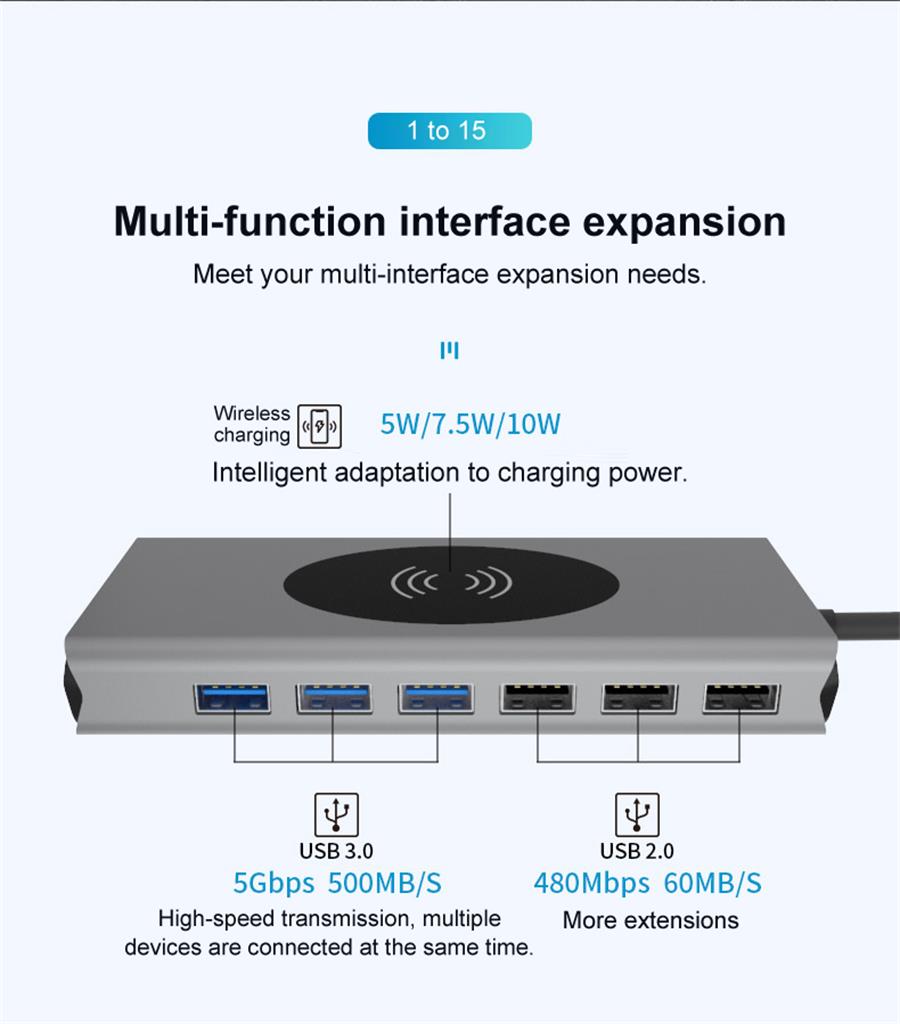The energy ministers of the EU member states requested the European Commission to make plans before the end of 2008. Since 2010, high-energy-consumption household lighting including incandescent lamps has been banned. The European Commission’s energy affairs committee said it will submit in December 2008. Related plans.
According to Xinhua News Agency reported on October 11, the energy ministers of EU member states on the 10th requested the European Commission to make plans before the end of 2008. From 2010, it will ban the sale of high-energy household lighting equipment including incandescent lamps in the EU.
The energy ministers of the EU member states issued a statement after a meeting on the 10th that the new plan will initiate a phased ban on incandescent lamps and other high-energy lighting equipment. The European Union countries have agreed to ban incandescent lamps and other high-energy illuminators because there are already suitable alternatives, but when incandescent lamps are disabled, problems such as shortage of alternative products and reduced product functionality should be prevented. The new program will also cover energy efficiency issues for more than 20 products including water heaters, heating equipment and refrigerators.
The European Commission's Energy Affairs Commissioner Piebalgs said at a press conference after the meeting that the European Commission will submit relevant plans in December 2008.
In June 2007, the EU lighting manufacturer decided to use eight years, that is, to completely stop the sale of incandescent lamps in the EU market by 2015.
Tests have shown that only 5% of the energy of incandescent lamps is used for lighting, and the remaining 95% of the electricity is converted into heat. The life of incandescent lamps is shorter than that of some energy-saving lamps. Researchers believe that eliminating high-energy incandescent lamps can help reduce carbon dioxide emissions. At present, some countries and regions are gradually phasing out incandescent lamps.
1

Information technology has penetrated into all areas of our lives. With the progress of technology, the iteration rate of laptops is getting faster and faster. Previous laptops mainly used E-SATA, FireWire, VGA, DisplayPort, SD card slot, USB A, 3.5mm headphone jack, HDMI or RJ45 ports.But manufacturers began stripping connectors from laptops to make them thinner and lighter. Most new laptops now have a USBC port (Thunderbolt or full-featured USBC) and an audio jack. The laptop is thin, but the missing ports are useless. This is where the USB C Hubs comes in.
Type C Usb Hub can support USB, PD, DisplayPort, Thunderbolt, and other protocols. Using USB HUBS, you can extend multiple common connectors directly to your laptop. Mosses are compact, so you can take them anywhere. All peripheral devices are centrally connected to the hub, which reduces the hassle of plugging in and out of the laptop port and makes your desktop cleaner. Let's take a closer look at its capabilities so you can determine how many ports you need.
So these are all important ports on the hub, with the exception of the 3.5mm audio jack. Also, while aesthetics are not important, choosing a nice hub will make you happier. There are rectangular, square, and circular centers on the market to meet your desk setup needs. Usually, the rectangular type is best for your desk because the cables can be well organized if all the ports are on one side of the center.

Usb C Hubs,4 Port Usb C Hub,Usb C Multiport Hub,Usb Hub With Hdmi Port
Henan Yijiao Trading Co., Ltd , https://www.yijiaousb.com
![<?echo $_SERVER['SERVER_NAME'];?>](/template/twentyseventeen/skin/images/header.jpg)